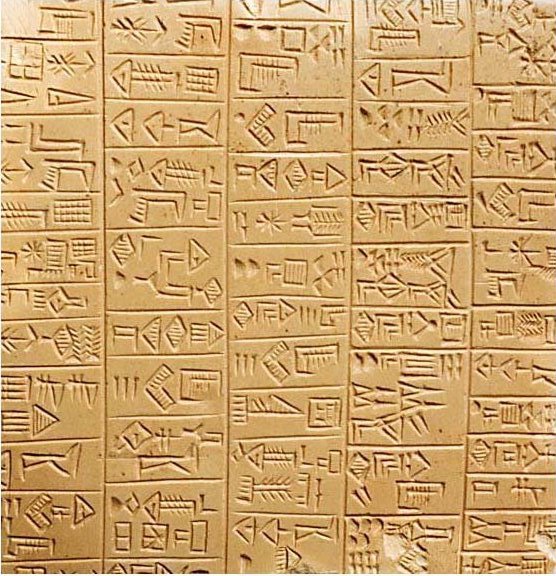Rise of Civilization (200,000 years - 5,500 years ago)
The Neolithic Revolution, beginning about 8,000 BCE, saw the development of agriculture, which drastically changed the human lifestyle. Mesopotamia is the site of the earliest developments of the Neolithic Revolution. It has been identified as having "inspired some of the most important developments in human history including the invention of the wheel, the planting of the first cereal crops and the development of cursive script, Mathematics, Astronomy and Agriculture."
Farming permitted far denser populations, which in time organized into states. Agriculture also created food surpluses that could support people not directly engaged in food production. The development of agriculture permitted the creation of the first cities. These were centres of trade, manufacturing and political power with nearly no agricultural production of their own. Cities established a symbiosis with their surrounding countrysides, absorbing agricultural products and providing, in return, manufactured goods and varying degrees of military control and protection.

The development of cities was synonymous with the rise of civilization. Early civilizations arose first in lower Mesopotamia (3500 BCE), followed by Egyptian civilization along the Nile (3000 BCE), the Harappan civilization in the Indus Valley (in present-day India and Pakistan; 2500 BCE) and Chinese civilization in the Yellow river and Yangtze river (2200 BCE). These societies developed a number of unifying characteristics, including a central government, a complex economy and social structure, sophisticated language and writing systems, and distinct cultures and religions. Writing was another pivotal development in human history, as it made the administration of cities and expression of ideas far easier.
As complex civilizations arose, so did complex religions, and the first of their kind apparently originated during this period. Entities such as the Sun, Moon, Earth, sky, and sea were often deified. Shrines developed, which evolved into temple establishments, complete with a complex hierarchy of priests and priestesses and other functionaries. Typical of the Neolithic was a tendency to worship anthropomorphic deities. Among the earliest surviving written religious scriptures are the Egyptian Pyramid Texts, the oldest of which date to between 2400 and 2300 BCE. Some archaeologists suggest, based on ongoing excavations of a temple complex at Göbekli Tepe ("Potbelly Hill") in southern Turkey, dating from c. 11,500 years ago, that religion predated the Agricultural Revolution rather than following in its wake, as had generally been assumed.
HISTORY

RESOURCES
This article uses material from the Wikipedia article History of the World", which is released under the Creative Commons Attribution-Share-Alike License 3.0.
© Stories Preschool. All Rights Reserved.






